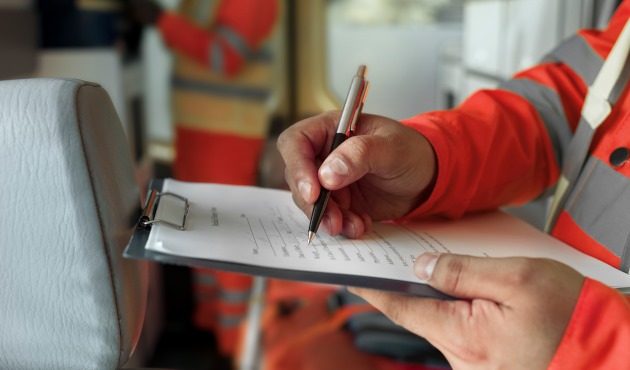A fire safety audit is crucial for buildings and industrial facilities to ensure occupant safety and compliance with fire safety regulations. A thorough fire safety audit checklist is key to identifying hazards and evaluating the efficiency of the fire protection system. Below are key points to ensure compliance and enhance fire safety.
1. Assessing the Fire Protection System
The first step in a fire safety audit is to evaluate the fire protection system in place. This involves inspecting fire alarms, sprinklers, extinguishers, and emergency lighting systems. Ensuring that these fire safety systems are functional and up to code is critical in preventing and mitigating fire risks.
2. Inspecting Fire Exits and Escape Routes
Escape routes must be clearly marked, easily accessible, and free from obstructions. Fire exits should be inspected to ensure they open without delay and are large enough to accommodate the number of people in the building. Regular checks of emergency doors and their locking mechanisms are essential.
3. Fire Safety Training and Awareness
Providing fire safety training for all employees and occupants is crucial. A fire safety audit should include a review of training programs, evacuation drills, and awareness campaigns. Ensuring that everyone knows how to respond in the event of a fire is vital for both industrial and residential buildings.
4. Reviewing Fire Safety Equipment Maintenance
A fire safety system can only work effectively if its components are regularly maintained. This includes testing fire alarms, ensuring fire extinguishers are recharged, and verifying that sprinkler systems are operational. Regular maintenance checks are part of any fire safety audit.
5. Ensuring Proper Storage of Flammable Materials
Improper storage of flammable materials significantly raises the risk of fires. A fire safety audit should assess how hazardous materials are stored, ensuring they are kept in designated areas with proper ventilation and clear signage.
6. Compliance with Local Fire and Safety Regulations
Every region has specific building and fire safety regulations that must be followed. A comprehensive fire safety audit ensures that all fire and safety systems comply with local fire codes, preventing violations that could lead to fines or increased risks.
7. Regular Updates and Reassessments
Fire and safety audits are not a one-time task. Regular reassessments should be conducted to ensure that the fire protection system adapts to any changes in the building layout or occupancy. Keeping the fire safety system updated guarantees continued safety for all occupants.
Conclusion
A fire safety audit is an essential practice for ensuring the safety of your building or industrial facility. From assessing the fire protection system to checking escape routes and equipment maintenance, these audits play a vital role in safeguarding lives and property. By ensuring compliance with fire and safety regulations, businesses and property owners can avoid potential risks and create a safer environment for everyone. Fire safety services and systems are a valuable investment for long-term security and peace of mind.

